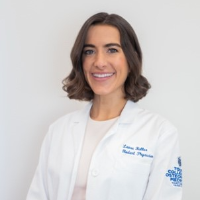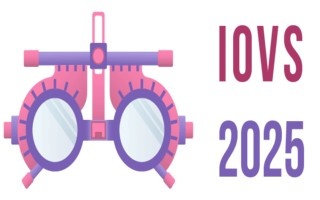IOVS 2025

Touro University, USA
Abstract:
Objective: To compare the vision and refractive power outcomes of self-refraction with adjustable spectacles vs non-cycloplegic refraction by an ophthalmologist among Mongolian school-aged children in a large service-delivery program.
Design: Cross-sectional study
Setting: One urban and three rural schools in Mongolia.
Participants: A total of 4,144 children aged 8-17 years old, with presenting visual acuity ≤6/12 in either eye due to uncorrected/under-corrected refractive error.
Interventions: All participants underwent at least one of three refractive modalities, without cycloplegia: self-refraction supervised by a trained school physician, self-refraction supervised by an ophthalmologist, or subjective refraction by an ophthalmologist. Of the 4,144 participants, 1,074 (25.9%) completed all three refractive modalities.
Main Outcome Measures: Proportions achieving target visual acuity (VA, defined as 6/9 or better in the better-seeing eye), change in logMAR VA, and predictors of achieving target VA across the three modalities.
Results: Among 4,144 school-aged children (mean age: 12.6 ± 2.63 years), 65.3% were female and 34.7% were male. A total of 1,074 children (25.9%) underwent all three refraction modalities. The proportion of participants achieving a VA of 6/9 or better in the better-seeing eye did not differ significantly between subjective refraction by an ophthalmologist (93.6%), ophthalmologist-supervised self-refraction (80.8%), and school physician-supervised self-refraction (77.6%). In multivariable logistic regression models, older age (OR 0.87, 95% CI -0.13, p < 0.001), female gender (OR 0.75, 95% CI -0.29, p = 0.004), and higher cylindrical refractive power (OR 0.75, 95%, CI -0.29, p < 0.001) were independently associated with failure to achieve target VA. Refractive modality or rural versus urban residence did not significantly predict visual outcomes. These findings suggest that self-refraction methods, when properly supervised, can provide visual outcomes comparable to traditional refraction techniques, offering a scalable solution for vision correction in resource-limited settings.
Conclusions: In this setting younger age, male gender, and less astigmatism, but not rural versus urban residency or the use of traditional versus self-refraction, were associated with better visual outcomes.
Biography:
Laura Haller, ranked 1st in her class with a 4.0 GPA, is a dedicated and compassionate medical student with a strong commitment to serving others. Before medical school, she worked as the lead ophthalmic technician in ocular oncology at Columbia University Irving Medical Center, gaining extensive experience in complex eye disease management. She has served thousands in Harlem, New York through vision screenings and glasses delivery programs and has participated in medical missions to Nicaragua which reinforced her commitment to global healthcare. Outside of medicine, she has a background as an international professional dancer and is an accomplished marathon runner.
